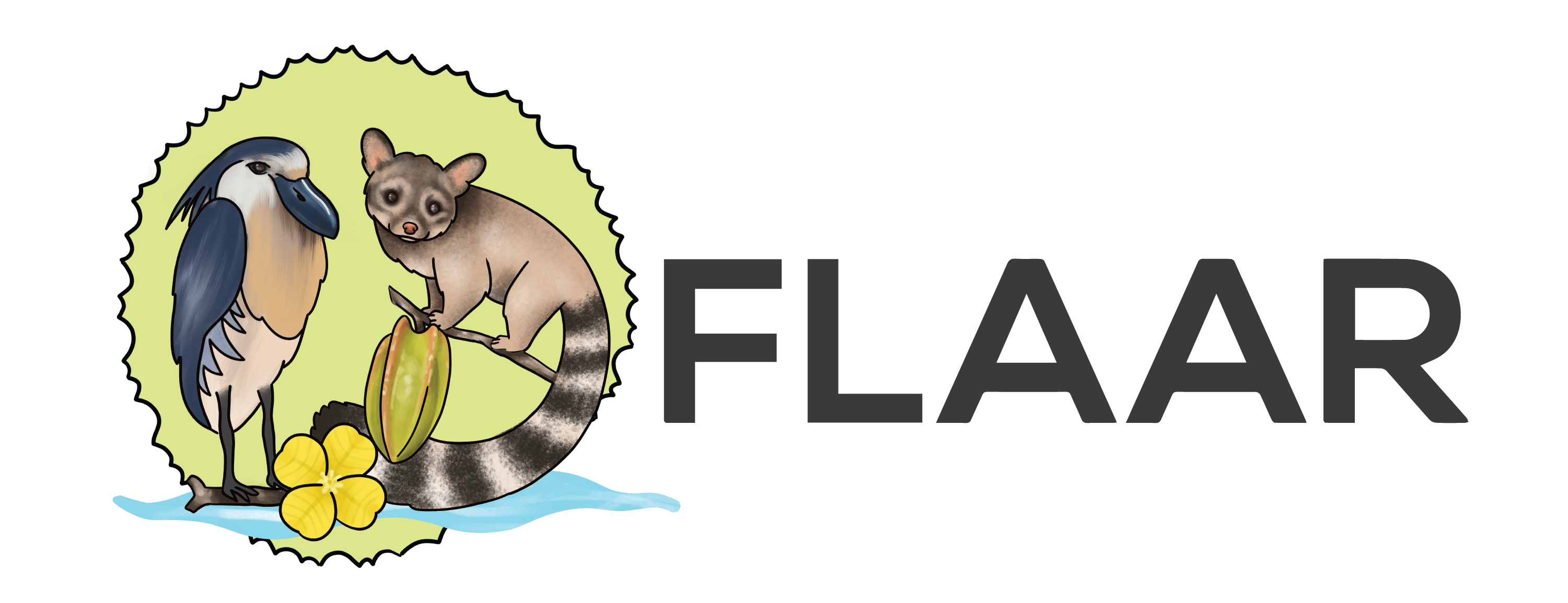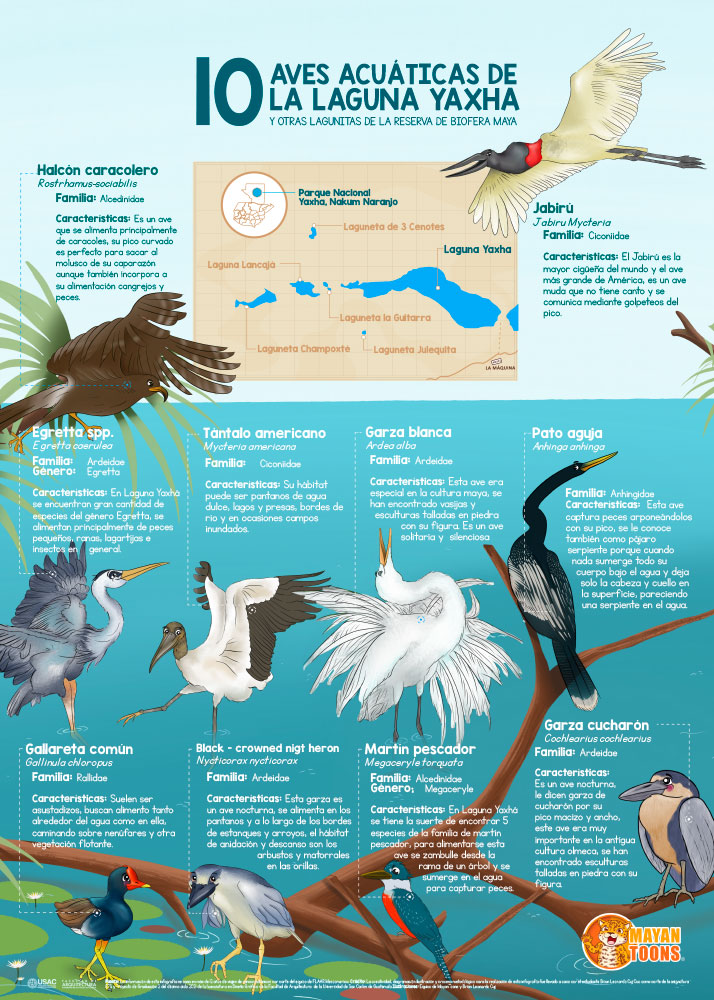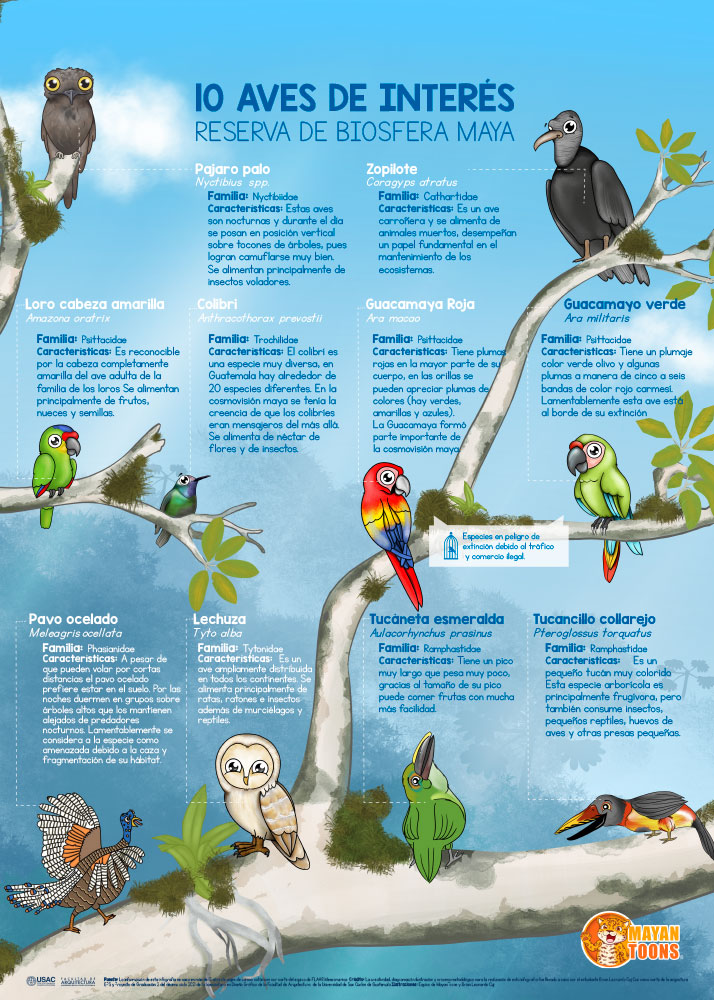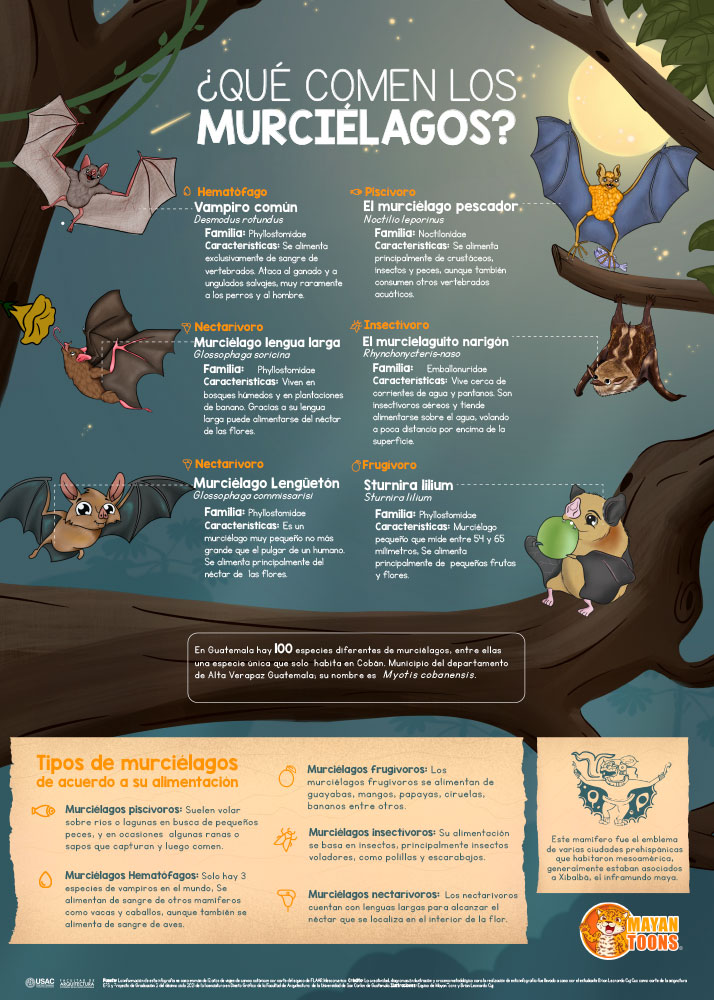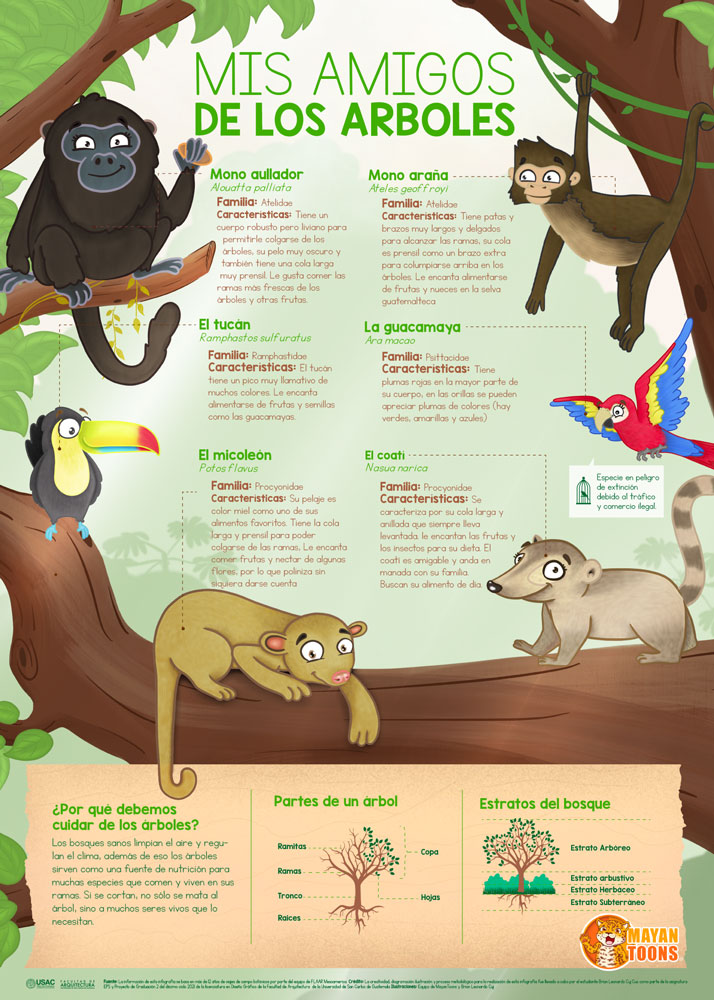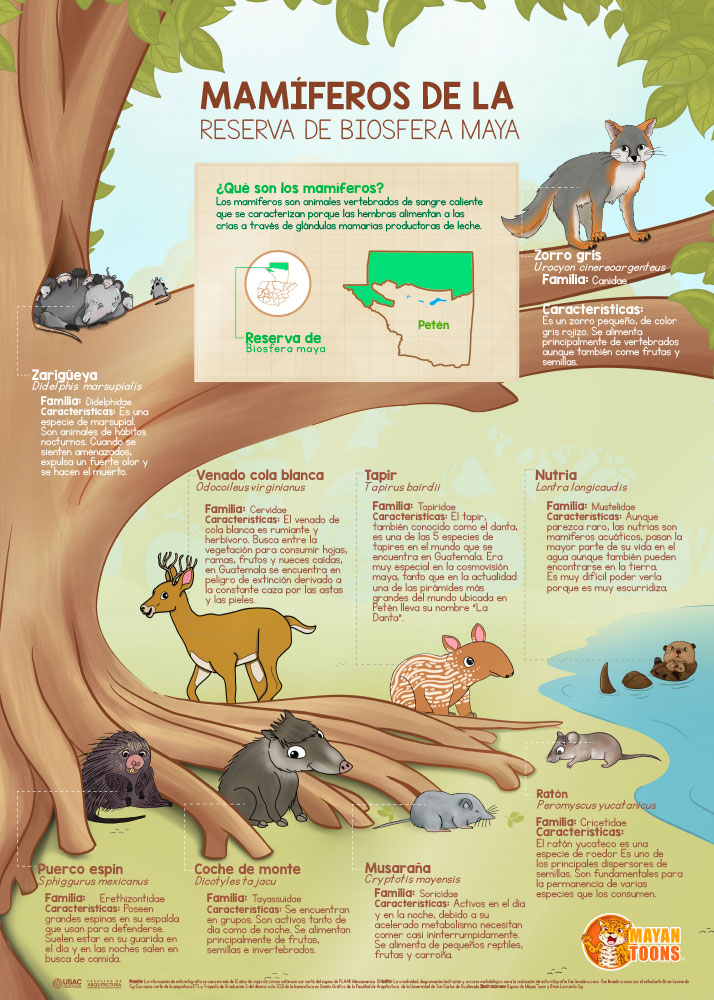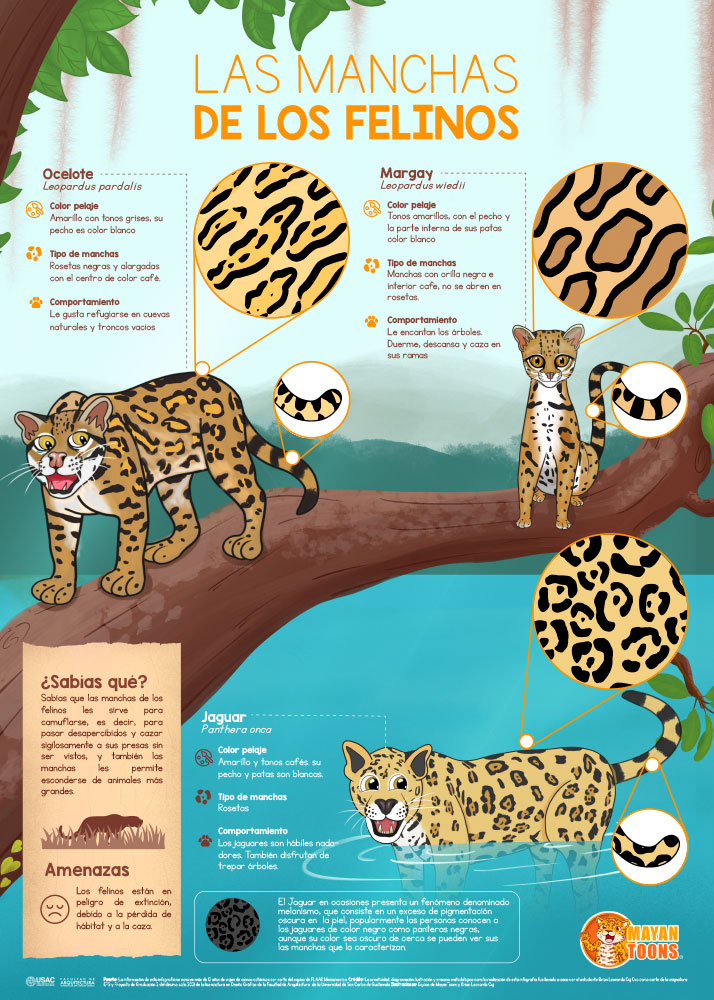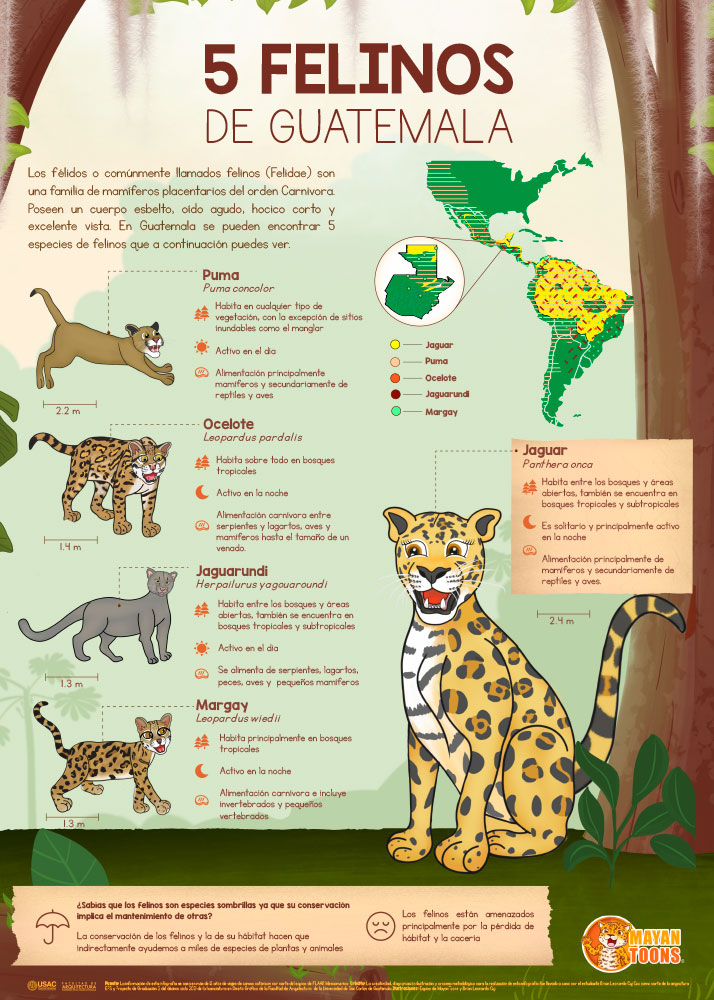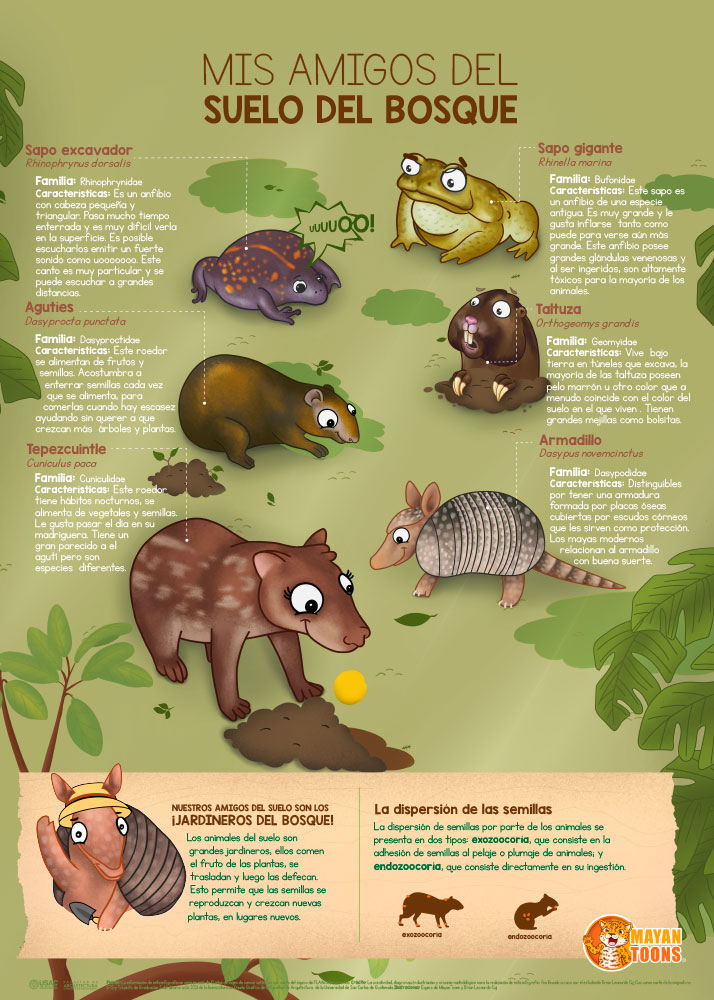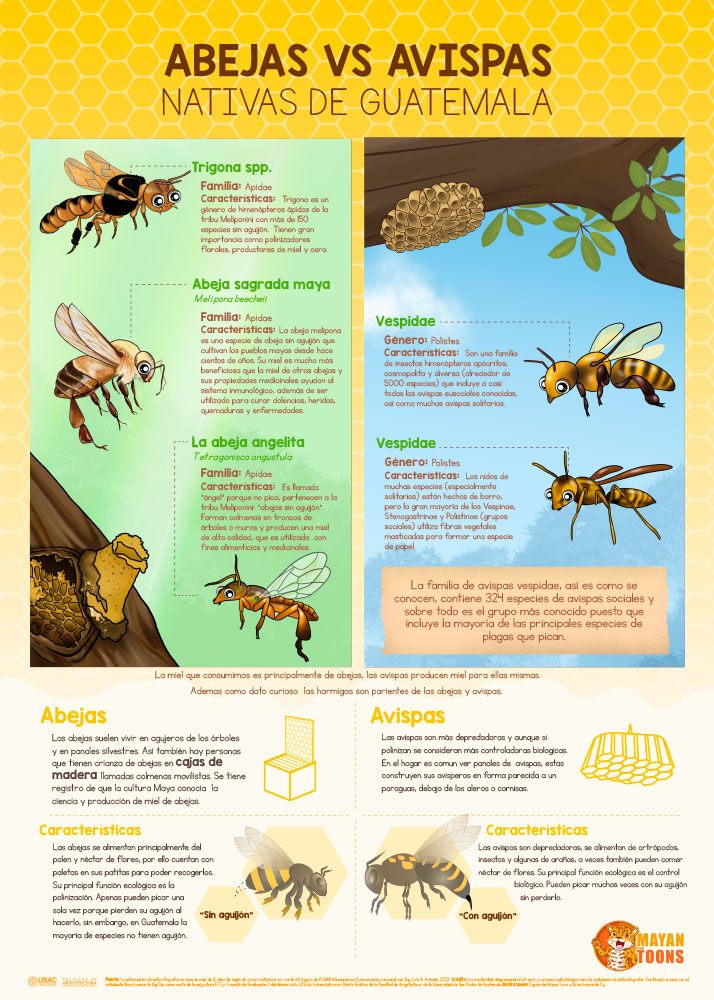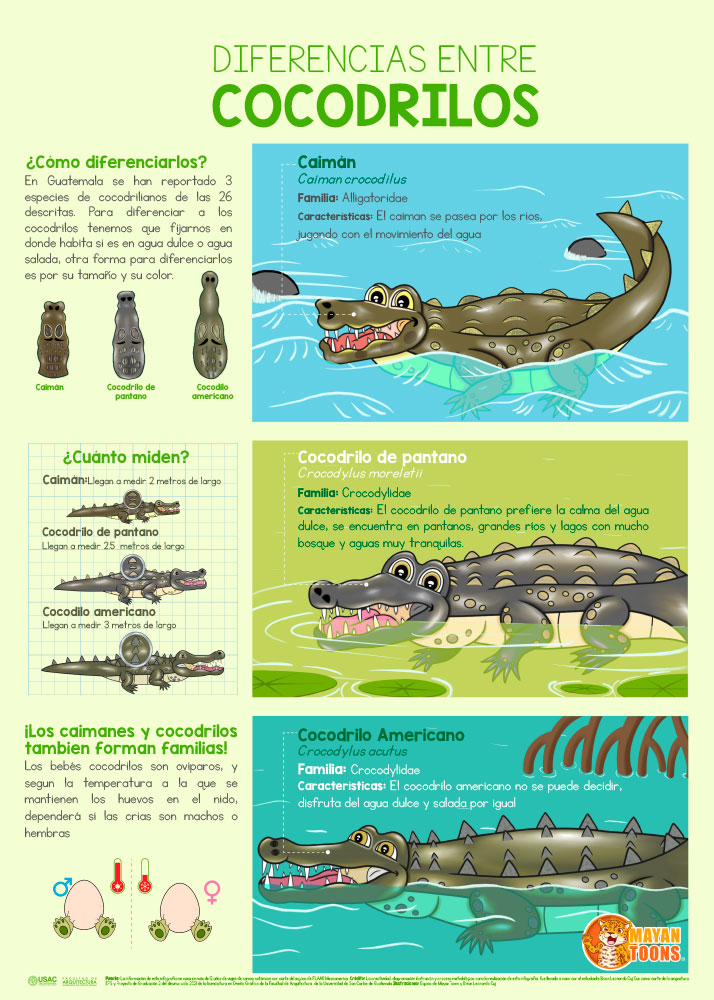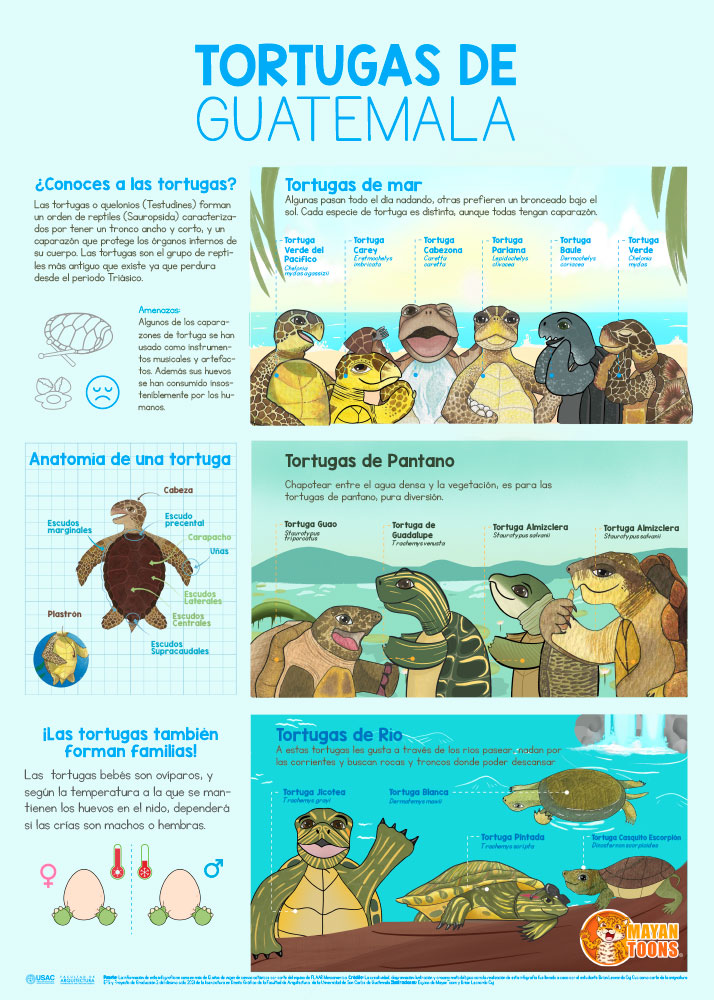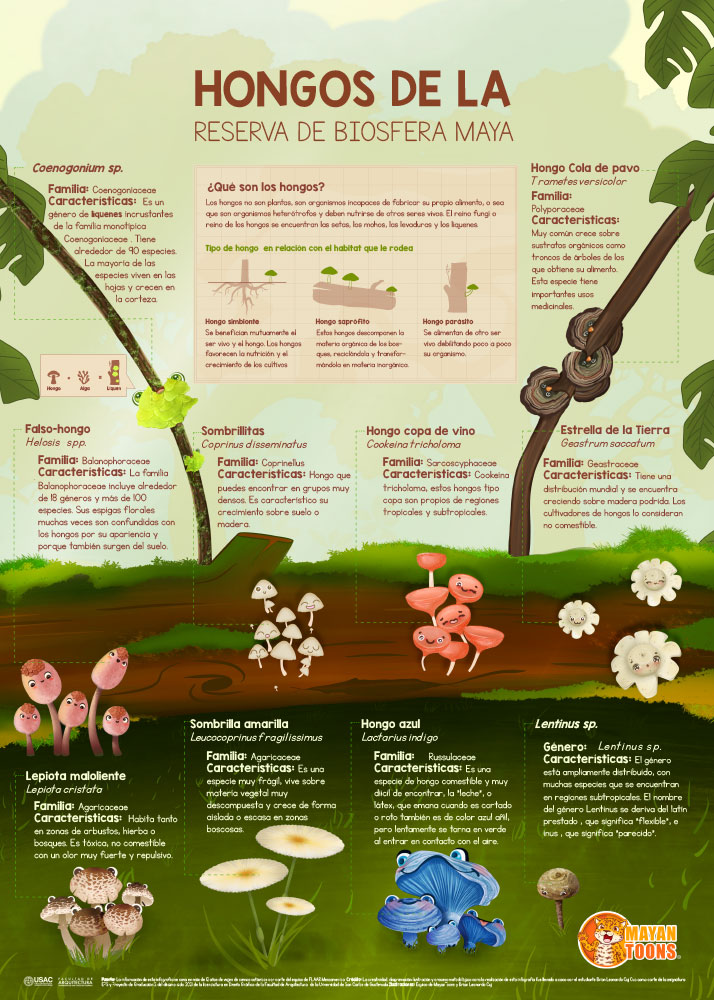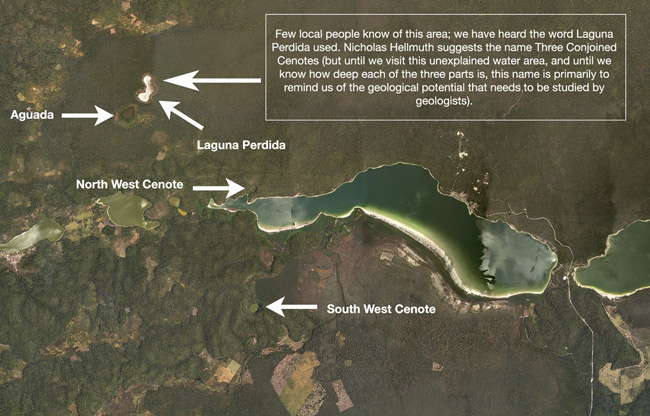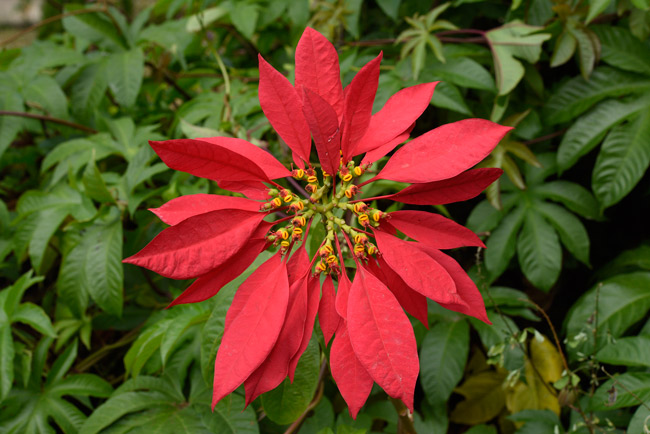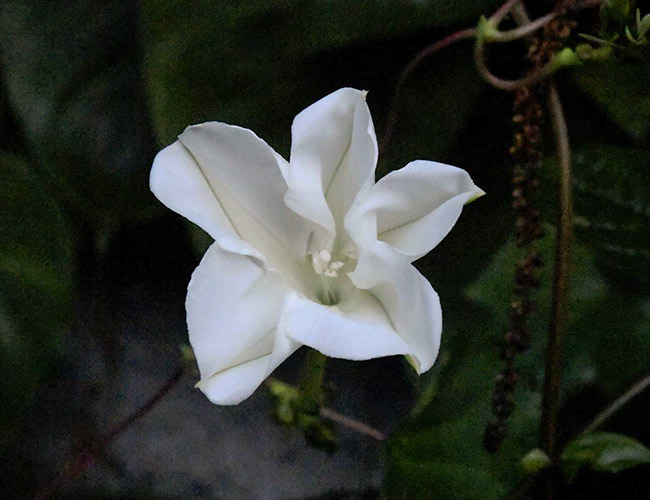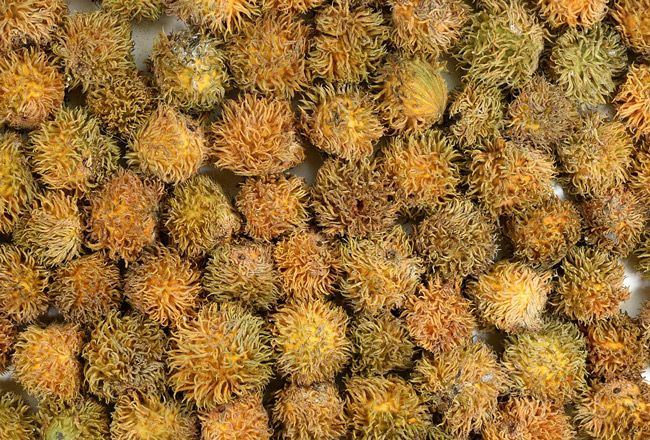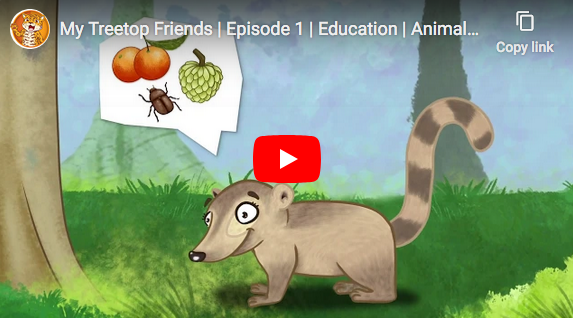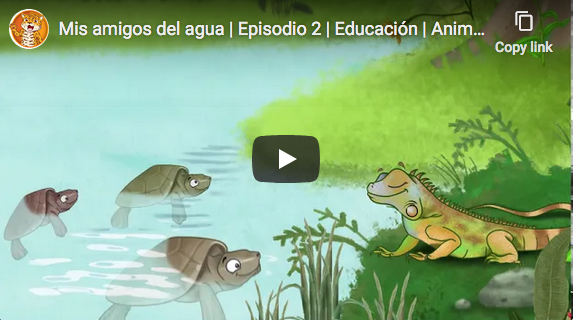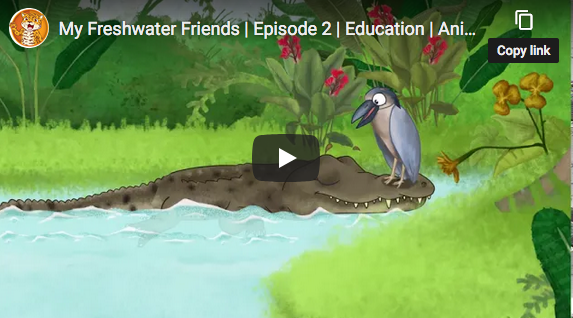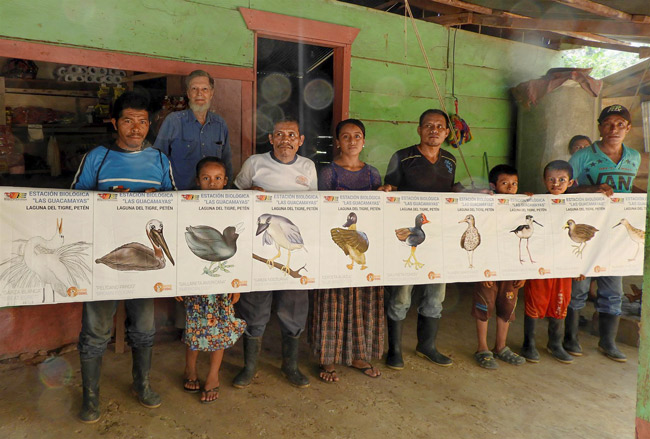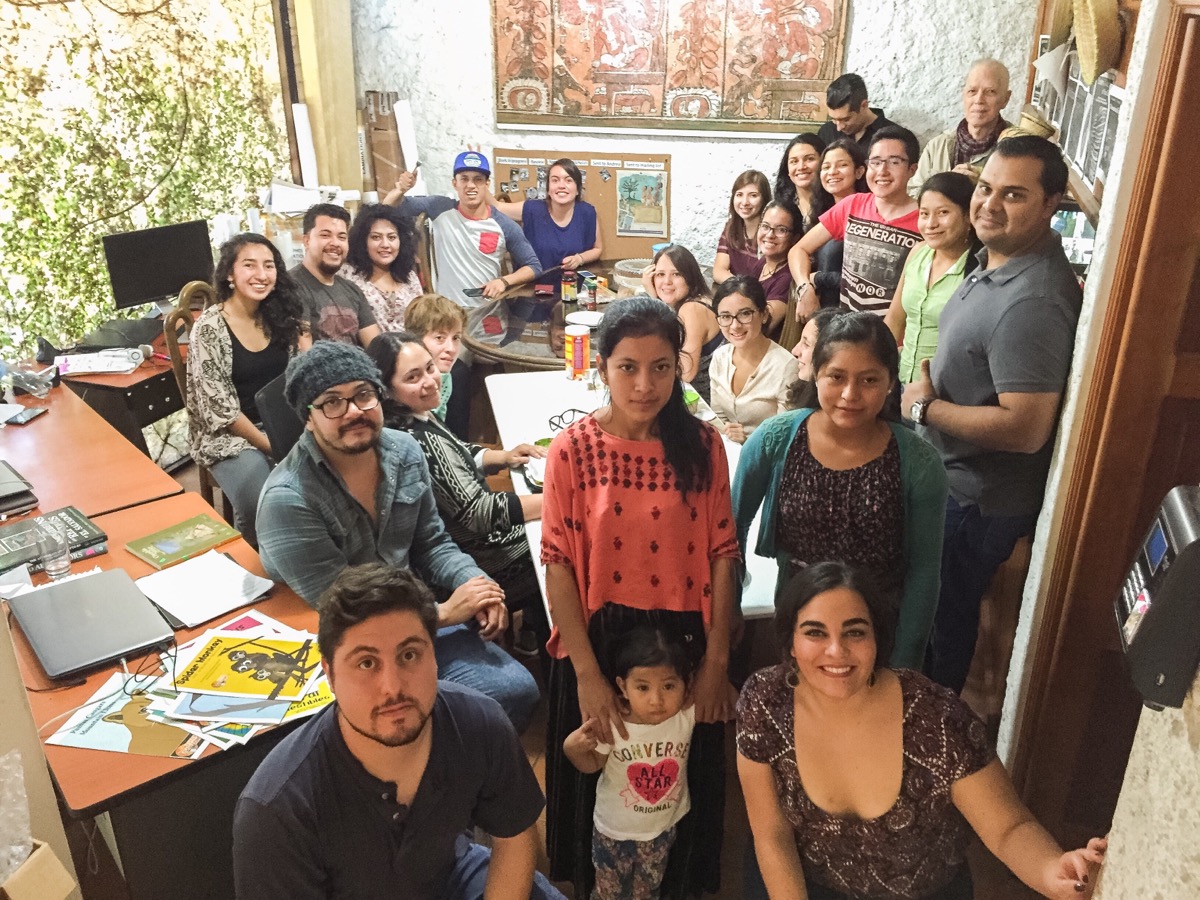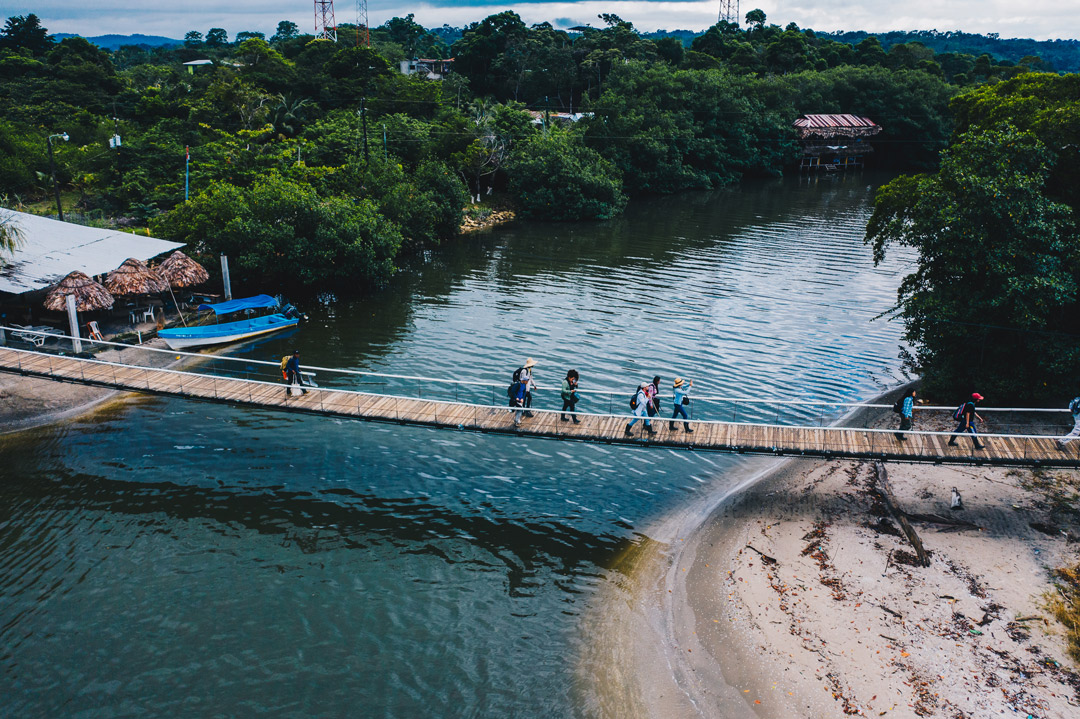FLAAR prepares lots of educational material for schools of Guatemala
This same material can be downloaded and utilized to help family members learn about Neotropical flora and fauna of Mesoamerica (Mexico to Costa Rica).
Here are the friendly infographic posters we are providing to the world. The current ones are in Spanish. As soon as funds are donated to FLAAR we can put them in English. And would also help to have them in Mayan languages of Guatemala.
Ten waterbirds of Lake Yaxha, Parque Nacional Yaxha, Nakum and Naranjo (PNYNN), Peten, Guatemala.
Many of these waterbirds are featured in Classic Maya art of the 3rd to 9th centuries A.D. The Boat-billed Heron was a logo of Olmec deities long before the Classic Maya and of Teotihuacan imperial influence in the Costa Sur of Guatemala in the 4th-5th centuries.
Ten notable birds of the Reserva de la Biosfera Maya (RBM), Peten, Guatemala.
Vultures, owls, macaws, ocellated turkey and other birds are pictured on Early Classic and Late Classic Maya pottery (often in 3-dimensions).
Owls are even more common in the military symbolism of imperial Teotihuacan, in Central Mexico.
Bats are obviously not birds, but bats fly, both as individuals and en masse.
What do these bats eat? Well of course vampires drink blood. But in Guatemala there are too species that slice off the head of their victim and then eat fresh meat together with the blood. Other bat species prefer nectar, insects, fruits or fish. So lots to learn.
Birds and mammals of the trees. Many mammals live in trees (more than just spider monkeys and howler monkeys).
We at FLAAR (USA) and FLAAR Mesoamerica (Guatemala) are dedicated to studying trees: tree root structure; trunks (bark), and treetops. So here we show some birds and mammals that prefer to live in trees.
Cute mammals of the Reserva de la Biosfera Maya (RBM) an area of 21,000 square kilometers (over 5-million acres). FLAAR has a 5-year project here.
Lots of mammals of USA are also here in the rain forests of Guatemala: white-tailed deer, otters, foxes, porcupines (sometimes same species but others are species adapted just to the tropics).
Felines with spots on their pelage are important to be able to recognize spots painted on Maya thrones and clothing for the rulers.
Lots of Maya vases, plates, and bowls have feline pelage spots. Over 70% are correctly identified as jaguar spots. But it’s a challenge (if you are not into ethnozoology) to recognize spots of margan and ocelot.
FIVE wild FELINES of the rain forests and fields of Mexico and Central America (several also live in southwestern USA).
Lots of jaguars are pictured in Classic Maya art and in the murals of Teotihuacan. Were-Jaguars are well known for the Olmec culture of a thousand years before the Preclassic Maya.
Creatures that live on or under ground level include some toads plus several mammals, such as the 9-banded armadillo .
Many of the mammals who live “underground” bury fruits to store them. But often the fruits are not eaten and the seeds sprout. So many mammals help plants grow in the remote rain forests of Guatemala.
CROCODILES; we found and photographed nine baby crocs last week in a marsh in a remote area of PNLT, Peten, Guatemala.
Two species of crocodiles and one species of caiman. So yes, there are native crocodiles in Peten, Chiapas, Campeche, Quintana Roo, Belize, Honduras and nearby areas. These are not alligators.
Turtles shells are used as musical instruments, often in a row (like a marimba, found in early 5th century Tikal Burial 10).
Giant sea turtles are the “birthplace” of the “resurrection” of the idealized youthful male deity, associated as the Maize God of the Classic Maya. But this poster shows actual wild turtles.
Most recently updated April, 2022
